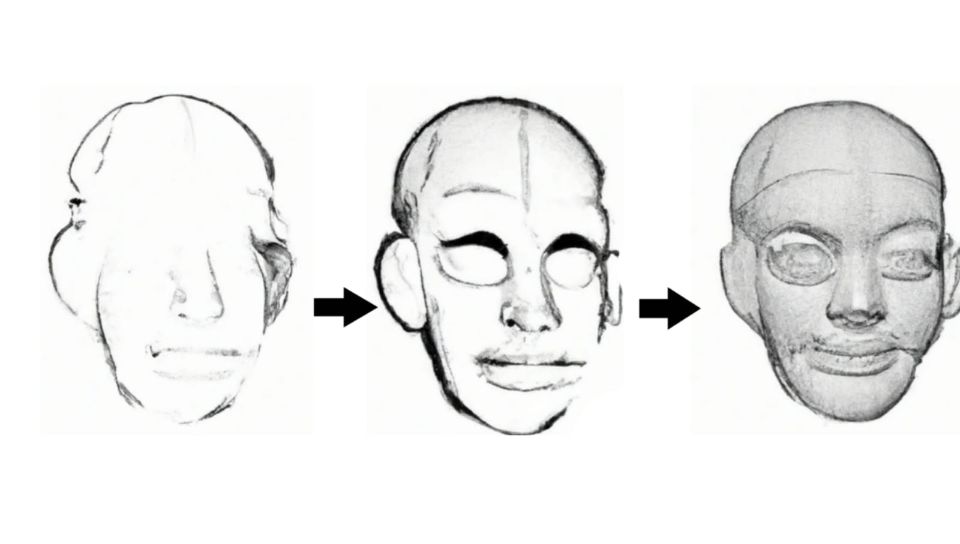Scientists often face complex problems that require a unique combination of analytical skills and technical expertise. One such area that presents a constant challenge is scientific programming. Whether you’re working on a research project, analyzing data, or developing new software, the ability to approach a scientific coding problem with a clear and logical mindset is necessary.
In scientific programming, the top down and bottom up approaches are two common methods used to solve complex problems. Both approaches have advantages and disadvantages, and the choice of which method to use depends on the specific problem and the goals of the project.
Top down approach for scientific programming.
The top down approach is a popular method for organizing and structuring in scientific programming. This approach requires breaking down a complex problem into smaller, more manageable pieces and then solving each individually.
Incorporating a top down approach is like cooking up a feast. You combine individual ingredients to form a complete meal, where each part must work harmoniously to achieve a tasty outcome.

Here is an example of the top down approach in scientific coding.
Bottom up approach for scientific programming
The bottom up approach is another popular method for organizing and structuring scientific code. This approach involves building up the solution to a problem by starting with the most basic building blocks and gradually adding complexity.
The bottom up approach is like sculpting. Start with a basic mold and add complexity step by step through stepwise refinement. This approach simplifies the end goal and helps identify important elements from the beginning.

Here is an example of the Bottom up approach in scientific coding.
Conclusions
In conclusion, both top down and bottom up approaches for scientific programming have their own usability depending on the task and needful components.
Important ideas to keep in mind are:
- The top down approach is useful when the problem can be broken down into smaller sub problems that can be solved independently and when it is important to develop new algorithms.
- The bottom up approach is useful when the problem is too complex to solve in one step and when it is important to understand the overall structure of the problem.
The choice of which approach to use depends on the specific problem and the goals of the project.
This article was crafted by a group of experts at eigenplus to ensure it adheres to our strict quality standards. The individuals who contributed to this article are:
Author

Himanshu Agrawal
MS
He is a PhD scholar in seismology with BS-MS in Geosciences.

